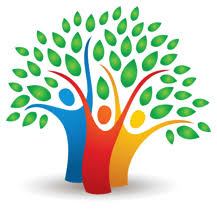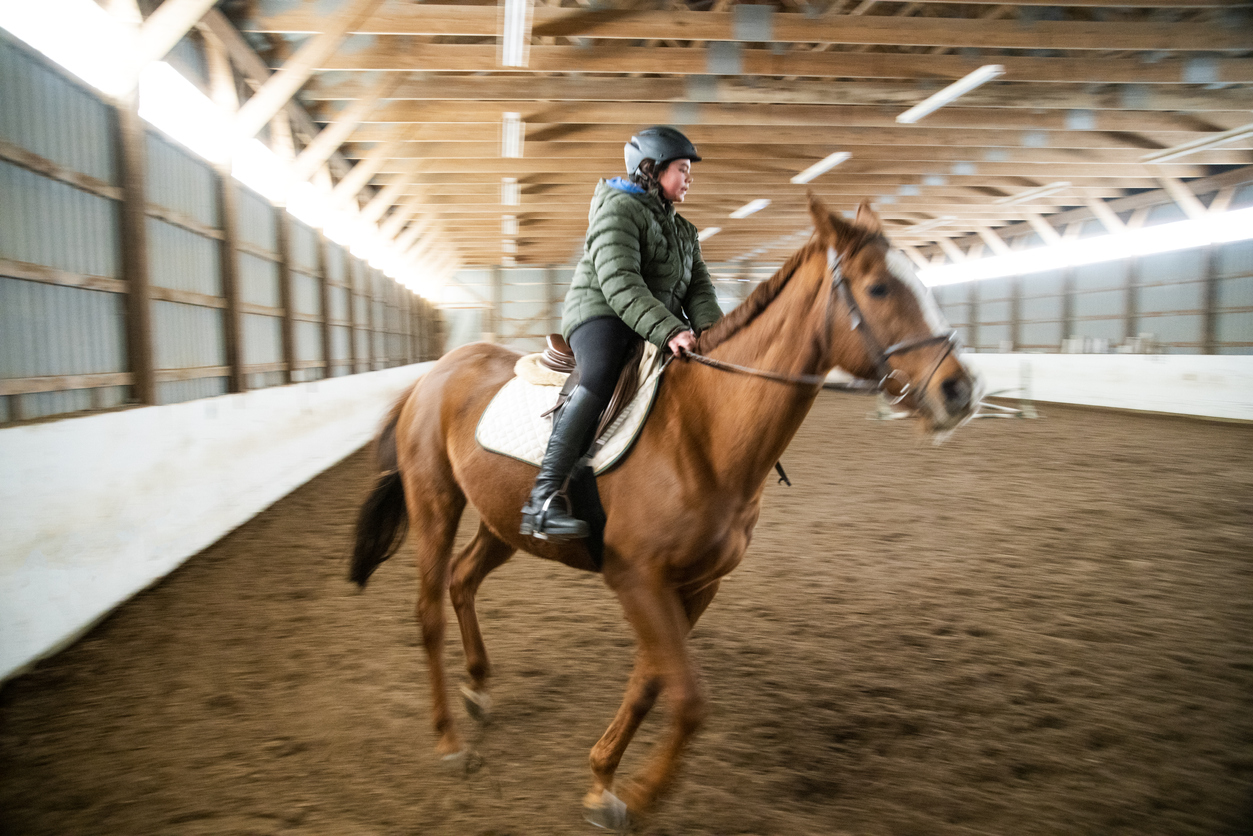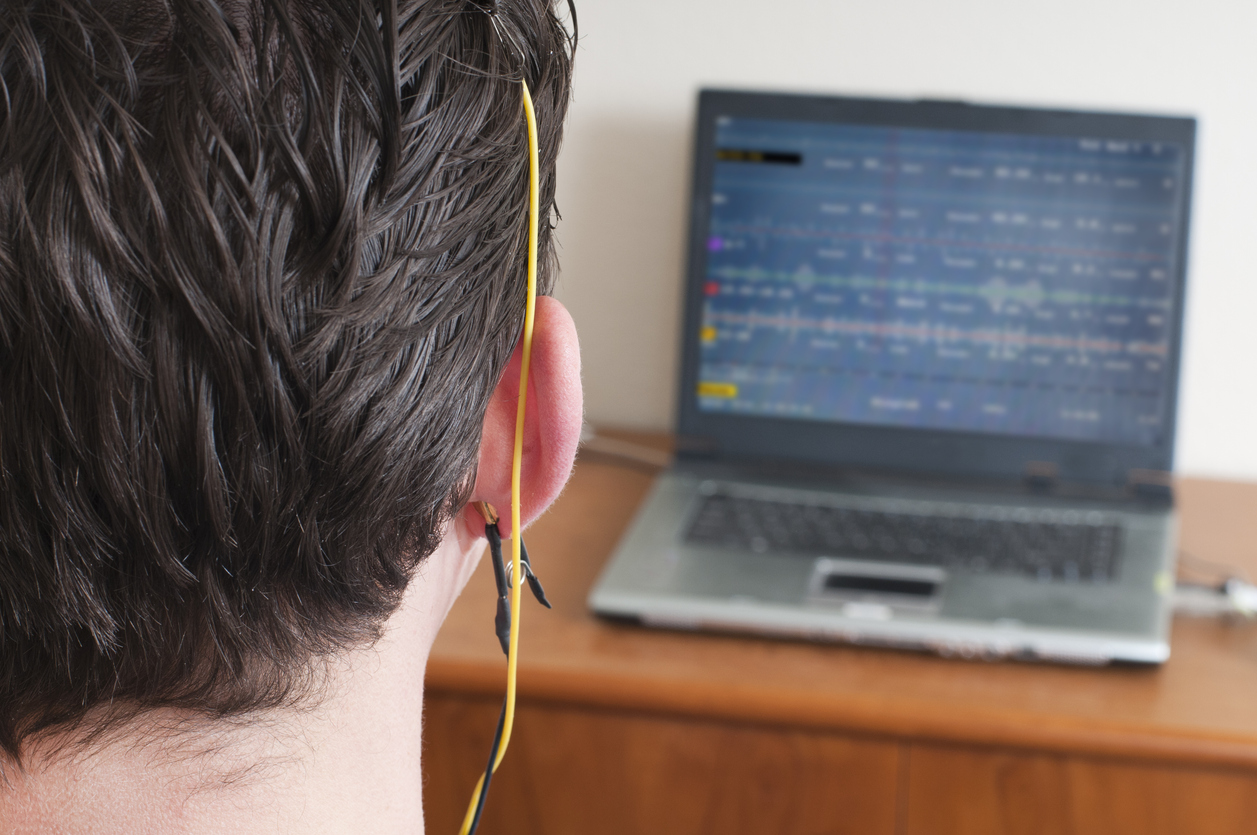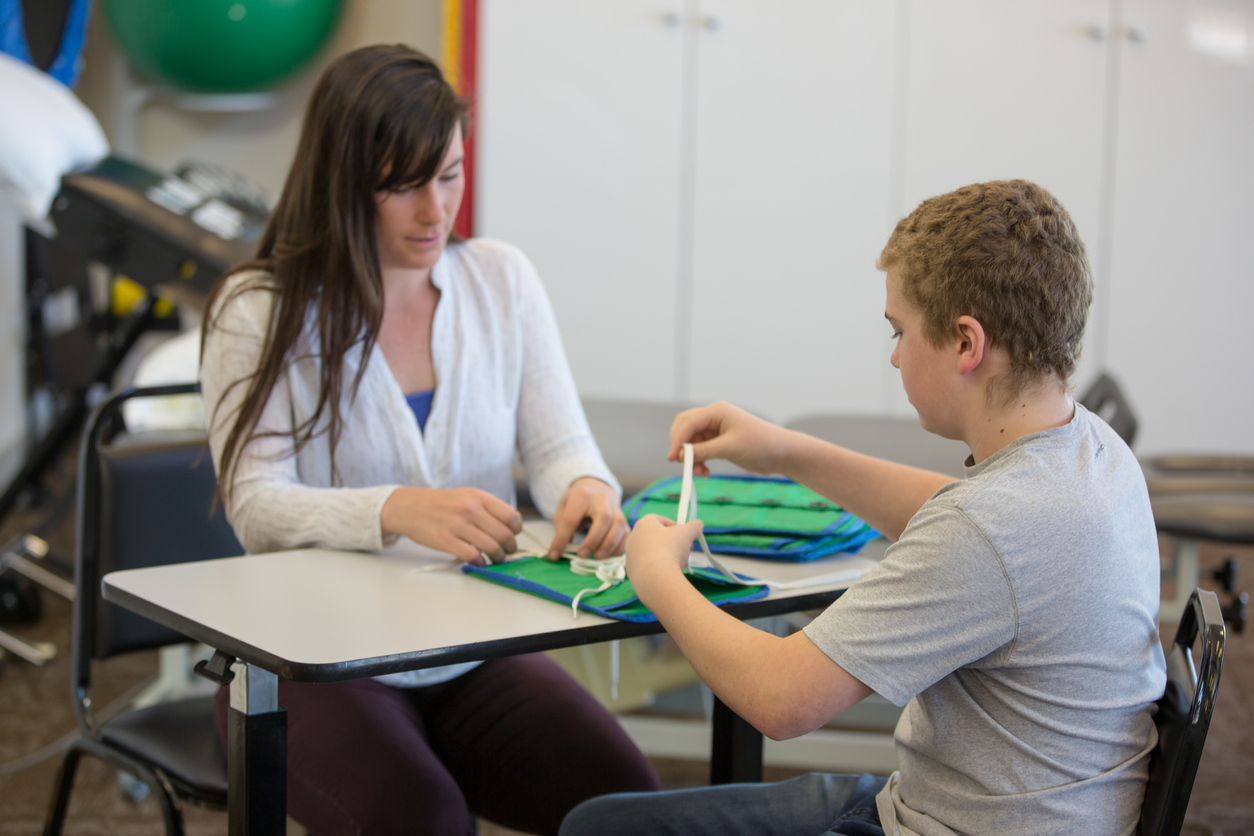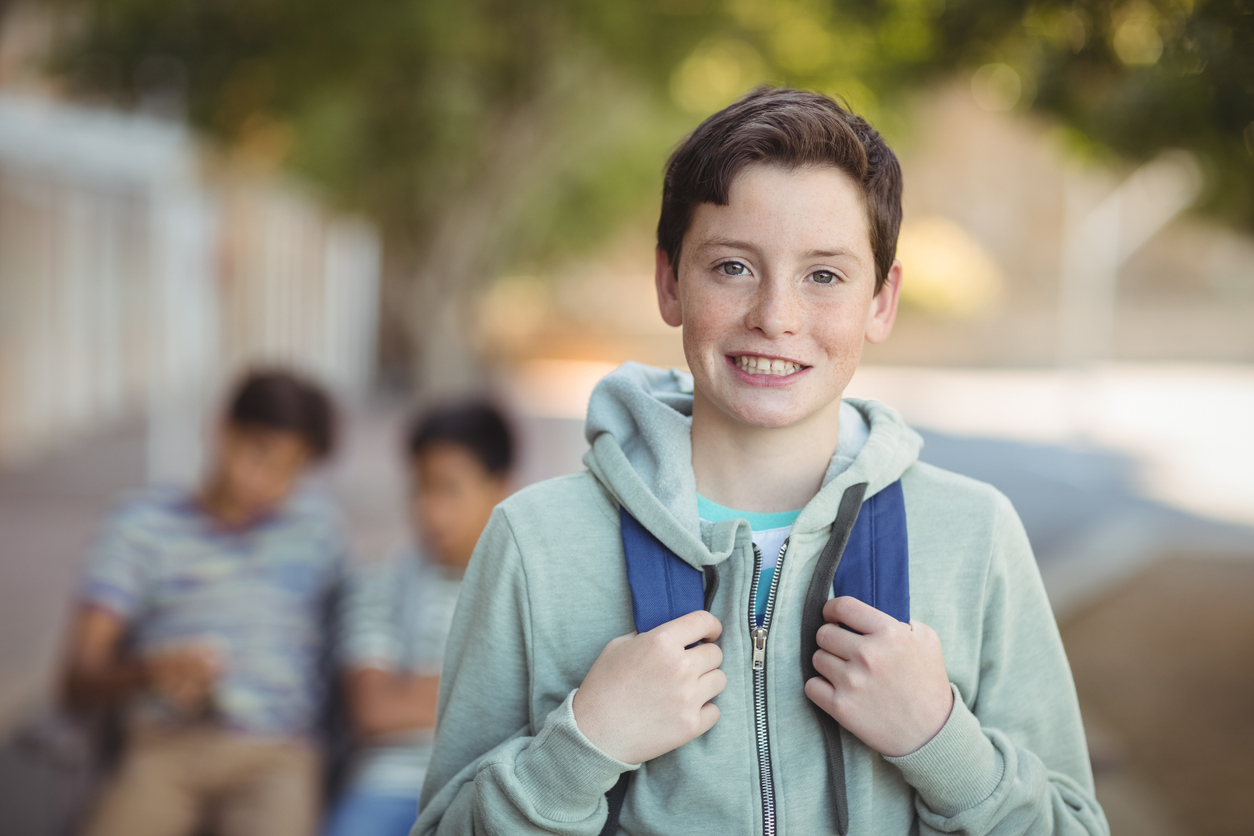What Is Occupational Therapy?
In its simplest terms, occupational therapists help people across the lifespan participate in the things they want and need to do through the therapeutic use of everyday activities (occupations). Common occupational therapy interventions include helping children with varying abilities to participate fully in school, play activities, and social situations. With the help of occupational therapy, students can learn to master day-to-day skills and be engaged at school and at home. Occupational therapy services typically include an individualized evaluation, during which the student/family and occupational therapist determine the person’s goals, customized intervention to improve the student’s ability to perform daily activities and reach the goals, and outcomes evaluation to ensure that the goals are being met and/or make changes to the intervention plan.
Occupational therapy services may include comprehensive evaluations of the student’s home and other environments (e.g., school), recommendations for adaptive equipment and training in its use, and guidance and education for family members and caregivers. Occupational therapy practitioners have a holistic perspective, in which the focus is on adapting the environment to fit the student, and the student is an integral part of the therapy team. Occupational therapy is a science-driven, evidence-based profession that enables people of all ages to live life to its fullest by helping them promote health and prevent—or live better with—illness, injury, or disability.
Fine Motor Skills Development: This group is designed to work on fine motor skills development, bilateral coordination skills, in-hand manipulation skills, upper extremity strength and endurance, as well as, visual-motor skills development.
Candidates: Include students who demonstrated poor fine motor coordination, poor sequencing skills, poor handwriting skills, and poor keyboarding skills. Functionally, these students may demonstrate difficulties with tying shoes, buttoning, latching zippers, holding cards for a card game, shuffling cards, turning one page at a time with books or magazines, difficulty lining up numbers with math problems, dropping things, etc.
Handwriting Skills Group: This group is designed to work on handwriting skills development with focus on letter formation, spacing, legibility, visual-motor and/or visual perceptual skills and functional use of writing utensils.
Candidates: Functionally, these students have poor or messy handwriting, take an extra amount of time to complete written work, often avoid written work, have a dysfunctional pencil grip, etc.
Cooperative Play/Social Skills: This group is designed to work on cooperative play and social skills development through use of activity and play.
Candidates: Functionally, these students have difficulty working with others, sharing, turn-taking, cooperating, assertive communication, reading others’ body language and social cues, reading and understanding the social world around them and how they are observed by others, etc.
Individual OT Services: Individual OT services are designed for students who need individualized treatment. Recommendations for individualized OT treatment are generally based on initial OT Screen, OT evaluation, clinical observations, chart review, and teacher, therapist or parent request/recommendation. Individualized treatment is generally recommended for students demonstrating difficulties with: sensory processing, sensory modulation, self-regulation, motor planning, auditory processing, fine and gross motor coordination, handwriting, visual-motor and visual perceptual, executive functioning, attention and concentration, etc. Also, students who have difficulties with verbal expression of feelings and emotions.


